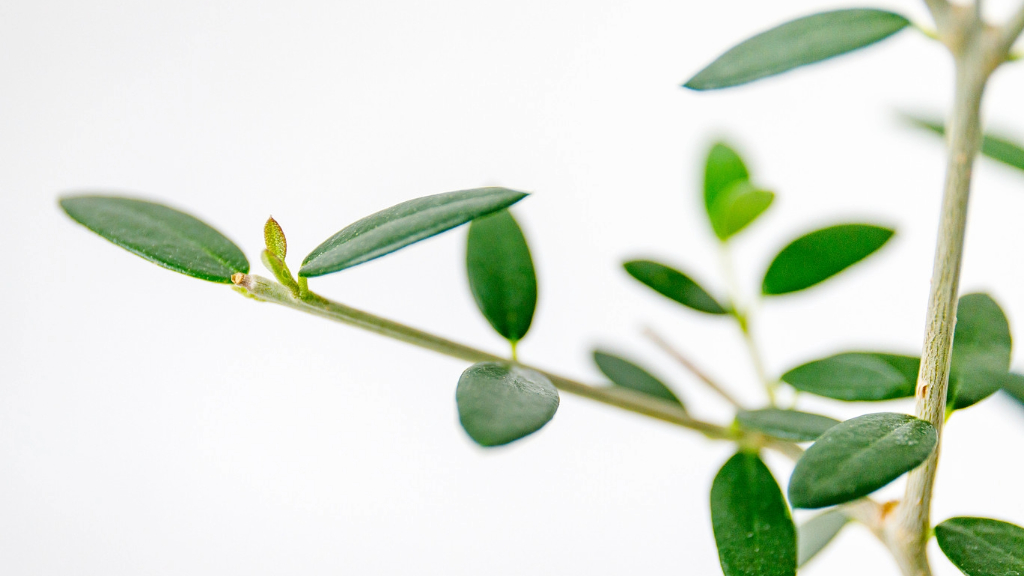Growing Arbequina Olive Trees in Containers


Extending an olive branch is easier when you have the tree in your own backyard, but if that's not possible, a container will do just fine. Perfect Plants has exactly what you need - Arbequina olive trees are heavy producers when mature and easy to grow, either in the ground or in a large patio container. These statuesque beauties thrive in Mediterranean climates where sun is plentiful and adapt to periods of drought once established. Best of all, you can count on a bumper crop of antioxidant rich olives. While heat and sun are necessary for the tree to flower and fruit, Arbequina is one of the more cold tolerant olives, withstanding short freezing temperatures as low as 22 degrees Fahrenheit (-5 C.). Arbequina olives are self-fruiting trees prized for their dark brown, tart fruits. The plant gets 12 to 20 feet tall (3.5 to 6 m.) tall with a spread of up to 15 feet (4.5 m.). The Arbequina variety is hardy in United States Department of Agriculture zones 8 to 11 but can be grown in zone 7 with some protection. Even northern gardeners can grow this tree if it is planted in a container and brought indoors for winter. Trees thrive in containers for years and will even fruit in such a confined space with careful pruning. The tree is semi-deciduous, but will keep its narrow blue-gray leaves in warmer climates or when the plant is overwintered indoors. This is a fast bearing olive tree that can produce within one year if propagated by cuttings. In springtime, the plant produces dainty white flowers that develop into the fruit. The thumb-sized fruits are green initially, but gradually ripen to purple, and finally a deep glossy black. The effect is quite enchanting during its late summer fruiting. Harvest time for ripe fruits is in autumn, usually around October to November. Harvest only deeply colored fruits, as olives will not ripen off the tree. Over time, the plant will develop a charming gnarled appearance with an aged character, while still providing heavy harvests annually. Olive trees need little care once established. Choose a location for the potted tree having at least 6 hours of full sun and plant in well-draining, loamy to gritty potting soil. Container grown plants thrive in clay and unglazed pots that can evaporate excess moisture. Although young plants need to be watered deeply for the first few years to help establish a vigorous root system, it is best to keep an olive tree a bit on the dry side. Soggy roots can damage tree health. Prune trees near the end of winter, but before flowering. Pruning is only necessary to open the canopy, remove dead or diseased wood, and enhance light penetration. You can also prune to contain the size of the plant, but be careful to preserve fruiting shoots. The Arbequina olive tree comes from Arbeca, Spain. It has been in cultivation since the 17th century, showing how beloved this variety of olive has been historically. In order to enjoy your olives, brine them in a salt and water solution for a month, replacing the brine weekly. Add lemon, bay leaves, or other flavorings, and preserve them in a half strength brine solution until the flavor is at its peak. Then bring out the charcuterie board and enjoy!
Gardening tips, videos, info and more delivered right to your inbox!
Sign up for the Gardening Know How newsletter today and receive a free copy of our e-book "How to Grow Delicious Tomatoes".
-
 Moody Blooms For Spring: 8 Types Of Black Flowers To Add Drama To Spring Displays
Moody Blooms For Spring: 8 Types Of Black Flowers To Add Drama To Spring DisplaysFrom midnight burgundies to inky violets, several types of black flowers can enrich and embolden a spring display. Try these brooding bloomers for a moody garden
By Tonya Barnett
-
 Can Snake Plants Live Outside? Everything You Need To Know For Snake Plants Al Fresco
Can Snake Plants Live Outside? Everything You Need To Know For Snake Plants Al FrescoSnake plants can live outside given the right conditions, but be careful that they don't take over! Learn the best way to use snake plants in your landscape.
By Mary Ellen Ellis